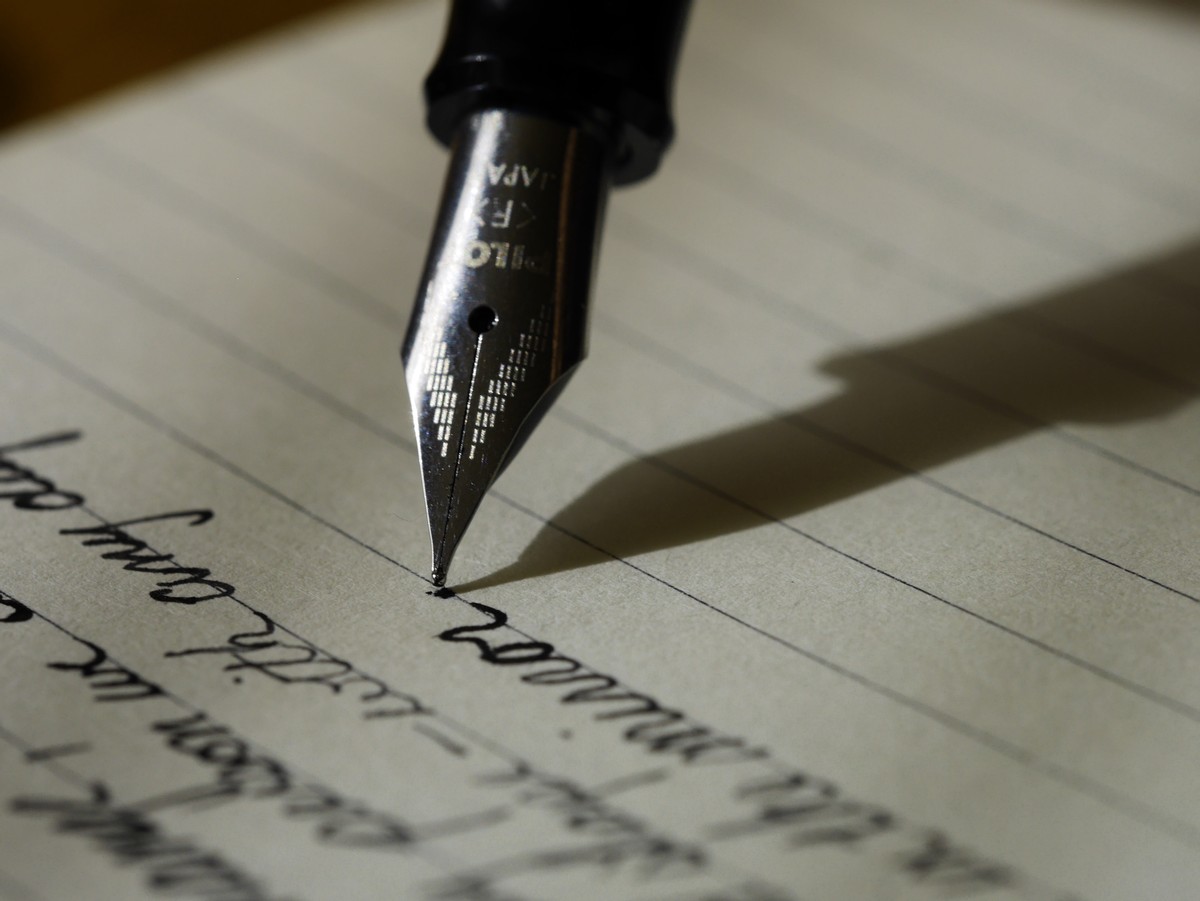
Sustainable building plays an important role in mitigating climate change, efficient water management, and low energy consumption in the cities in compliance with these has been designed a smart building with eco-friendly technology and xeriscape gardening on the roof, this building is located at Revolucion # 1331, one of the main avenues in Mexico City. In order to be eligible for LEED Gold certification, these green areas have numerous benefits including 1) minimize the energy consumption of the air conditioner adding a layer of vegetation to rooftops, and creating green roofs has proven to reduce the urban heat island effect; 2) protect bees that are under threat and other pollinators which contribute directly to food security and they are key to conserving biodiversity; 3) collect rainwater to irrigate the xeriscape garden and avoid zero consumption of potable water; 4) increasing access to green spaces, healthier air, and environment; 5) simply having access to green spaces in cities as a five- to ten-minute break during the workday can improve well-being, fewer stress levels, level up concentration and boost productivity at work.
It is important to recognize that green spaces are vital for everybody, so this sustainable building has a rainwater catchment system it is an environmentally friendly practice; in fact, the practice has been and remains a necessity in many countries where water is in scarce supply such as Mexico City; the rainwater catchment system collects an average of 176,704 gals per year and compliances with filtration rainwater requirements to be safe to irrigate.
Subsurface Drip Irrigation “Eco-Wrap” with a computer “Hunter” is ideal in a xeriscape setting it allows to provide the exact amount of water needed (8 GPM) at the exact right time (watering time from 5 minutes and watering interval of 3 days per week), with no waste. Subsurface Drip irrigation is going to hook up to the tank-like so it uses your stored water before drawing from the building´s rainwater catchment system.
Furthermore, the vegetal palette aims to save almost 97% of rainwater with the planting of vegetation low water consumption including 1.) an olive tree (Olea europaea) is an evergreen species that requires low consumption of water and that was originally found across the Mediterranean basin but has since been cultivated across much of the World. The average lifespan of the tree is 500 years but some ancient olive trees have been known to live for thousands of years, so this species can store carbon in the trunk and the tree biomass; 2) Asclepias sp. called native milkweed this plant promotes biodiversity conservation of diurnal pollinator honey bees and numerous insects including the endangered monarch butterfly, Danaus plexippus; another plants considered are 3) Duranta repens; 4) Lampranthus spectabilis 5) Croton variegatum; 6) Dasylirion sp; 7) Mammillaria sp; 8) Sedum sp; 9) Echeverria elegans.
Due to the design xeriscape, there are 3 concrete planter boxes on the rooftop, these have a waterproofing membrane "PA-40 anti-root” of SIKA which has a root barrier effect that guarantees a permanent innovative and ecological protection to the prefabricated waterproofing, without affecting the quality of the water and damage to the vegetation. No loss of protective active substance by leaching. Also, the roof garden integrated Deco-Drainage Composite layer with a non-woven polypropylene (PP) geotextile filter/separator bonded to both, it reduces soil ingress into the void space of the drainage, protects the waterproofing layer, and improves drainage efficiency on a roof with correctly designed falls. There is a planter box of 29.06 sqft is located on the main floor, next to the wheelchair ramp and close to Revolution Avenue where is going to plant the olive tree. 2of 3 planter boxes are located on the 4th floor, one of these is a rectangular shaped terrace with a surface area of 298.26 sqft in the west, it is accessed from the interior office-level over there is going to plant the honey bee’s vegetation. The last one is an irregular-shaped terrace with a surface area of 559.72 sqft in the east where you can find low water consumption vegetation such as Mammillaria sp., Echeveria elegans, Sedum sp. etc.
To summarize this design of green areas contributes to the development of Mexico such as a more Sustainable City, offers positive effects on the environment and citizens as well, furthermore might be a model to other buildings in the city.